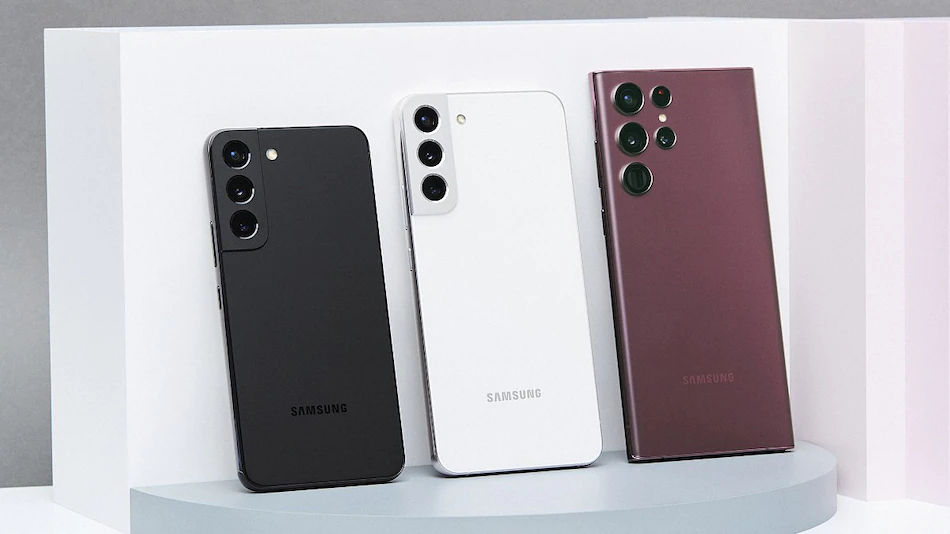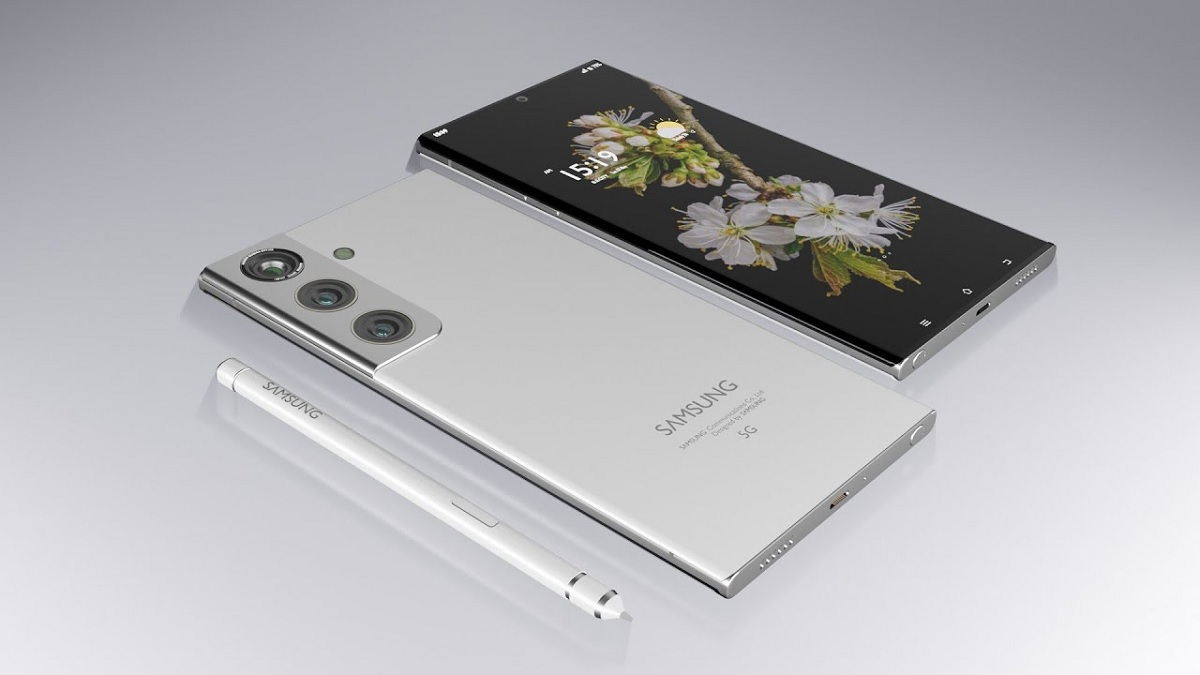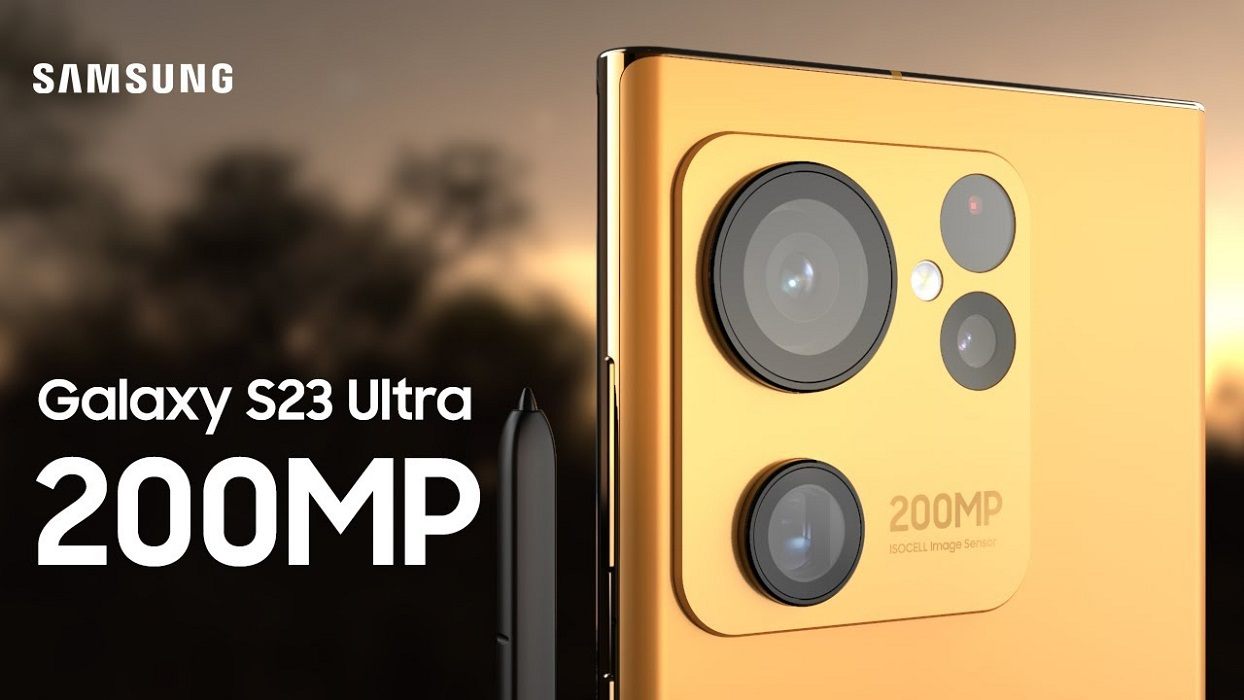We may only be a few months away from the launch of the Samsung Galaxy S23 series, but as usual, many new features and improvements can be rumored ahead of launch, and two potential upgrades have just been leaked.
First, it is possible that the Samsung Galaxy S23 series will support satellite communications in some form. This comes from a report from ETNews (opens in a new tab), which states that Samsung is working with global satellite communications company Iridium to offer this feature on the Galaxy S23 series.
While Iridium will be able to provide voice and data communications, Samsung will reportedly limit the S23’s satellite technology to text messages and small images because it can only place a small antenna in the phone.

That might sound restrictive, but it should be enough to help you reach out to contacts or the emergency services in situations where there’s no cell signal.
Today’s other Samsung Galaxy S23 leak relates specifically to the Samsung Galaxy S23 Ultra, which will reportedly have a screen that can reach up to 2,150 nits of brightness – or maybe even higher.
The source of this is @RGcloudS(opens in new tab), who made the claim on Twitter (spotted by SamMobile(opens in new tab)), but noted that the max brightness might be slightly different at launch – potentially even topping 2,200 nits – due to further adjustments.
For reference, the Samsung Galaxy S22 Ultra tops out at 1,750 nits of brightness, so this would be an upgrade, which could be beneficial for helping you clearly see the screen in bright sunlight. We would however take this with a pinch of salt, especially as the source doesn’t have much of a track record yet.
matching and beating the iPhone 14 Pro Max
The brightest smartphone screen on the planet currently is the iPhone 14 Pro Max’s, which can reach 2,000 nits, so if this leak is right then Samsung will beat Apple and take the new record.
But Samsung will also be competing with Apple if its upcoming phones support satellite communications, as right now the iPhone 14 line is among a very small number of handsets that have this functionality.

However, questions remain over how Samsung’s implementation will compare to Apple’s – if it happens at all – and which will be better.
On the iPhone 14 series, you’re limited to contacting the emergency services, and the feature is currently only available in the US and Canada. So it remains to be seen whether Samsung will allow more general satellite communications, and what parts of the world its service will be available in.
Still, it’s good to see more companies explore this idea, because it’s a potentially life-saving feature, and one that we’d hope to see on most of the best phones in the next few years.
Read more articles: https://www.facebook.com/RedTomElectronics/





